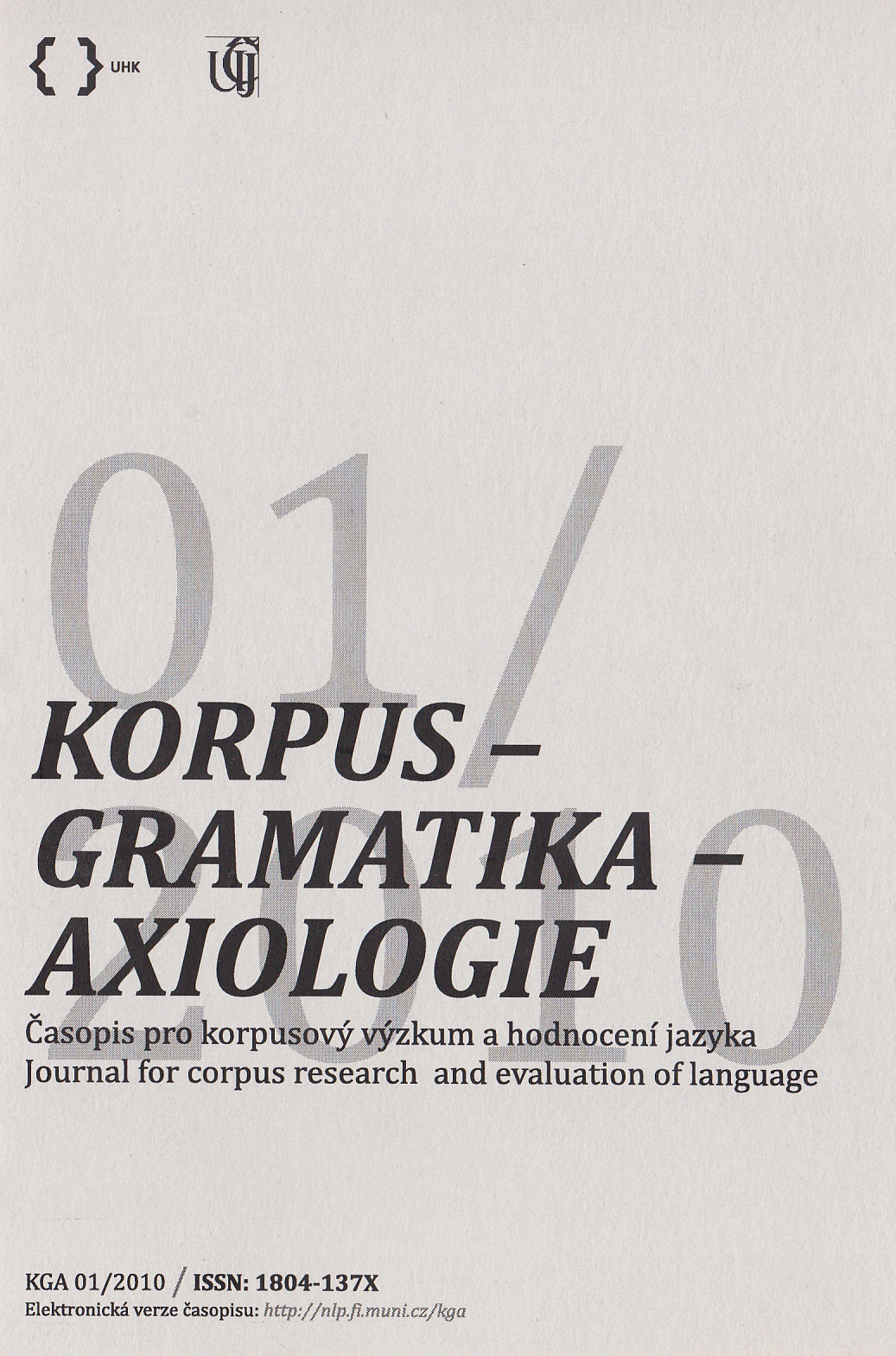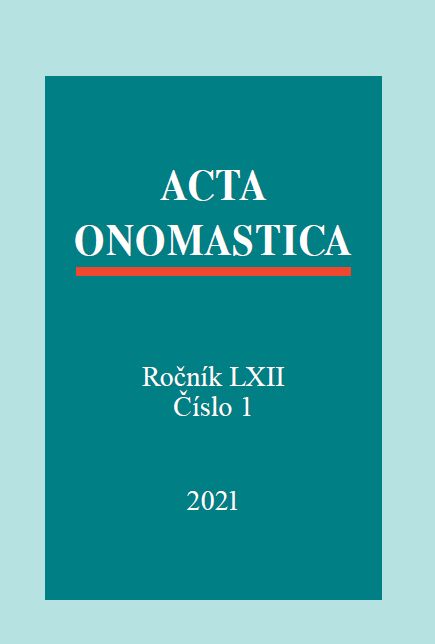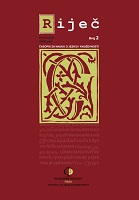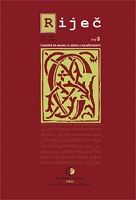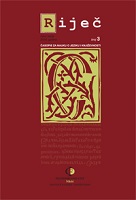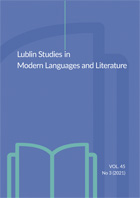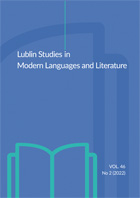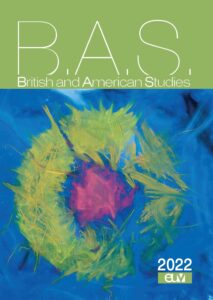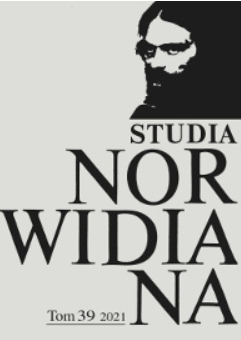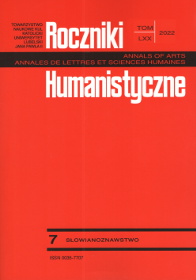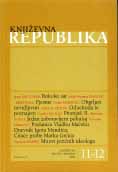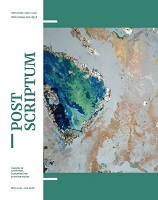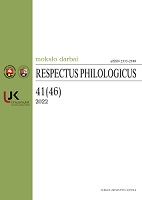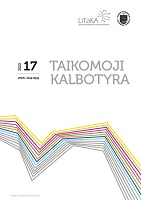Author(s): Ivana Tomić / Language(s): Bosnian
Issue: 11-12/2022
Phrases whose problems are in this paper are excerpted from the works of Martin Mikulić, a Herzegovinian Franciscan writer. Mikulić left behind a great literary wealth worth scientific observation - especially in the field of phraseology. Namely, the paper deals with the semantic aspect of phrases created through different tropes. The phrases created through metaphor, ie. metaphorical formulas where, for example, the loss of a head is equal to the loss of life. Other examples have been created according to the same principle, where body parts appear as components of phrases and other various components can be found. In addition to phrases created through metaphor, metonymy, synagogue, the material also confirms phrases created through periphrasis, hyperbole, euphemism, irony, antithesis and comparison. In addition, attention in this paper was focused on the definition, form and structure of phrases. Thus, the material confirms phrases with one full word, phrases with two or more independent words with or without auxiliary words, as well as phrases of a sentence. In the scientific literature, many authors share the opinion that the structure of phrases is usually solid, which is not shown by the examples from the corpus where a certain type of change in the structure of phrases was made. Apart from variant forms in which there is no change in meaning but in expression, so it is one or more alternative forms of phrases - other modifications are reflected in the fact that the order of components in the phrase is not solid and stable, that it is possible to replace one component the second as well as in changes of syntactic nature (prepositional-case connection), then the addition of certain components as well as the reduction of components, etc. The corpus confirms phrases whose phraseological components have lost their denotative meaning as well as examples where some of the phraseological components retain their denotative meaning.
More...
